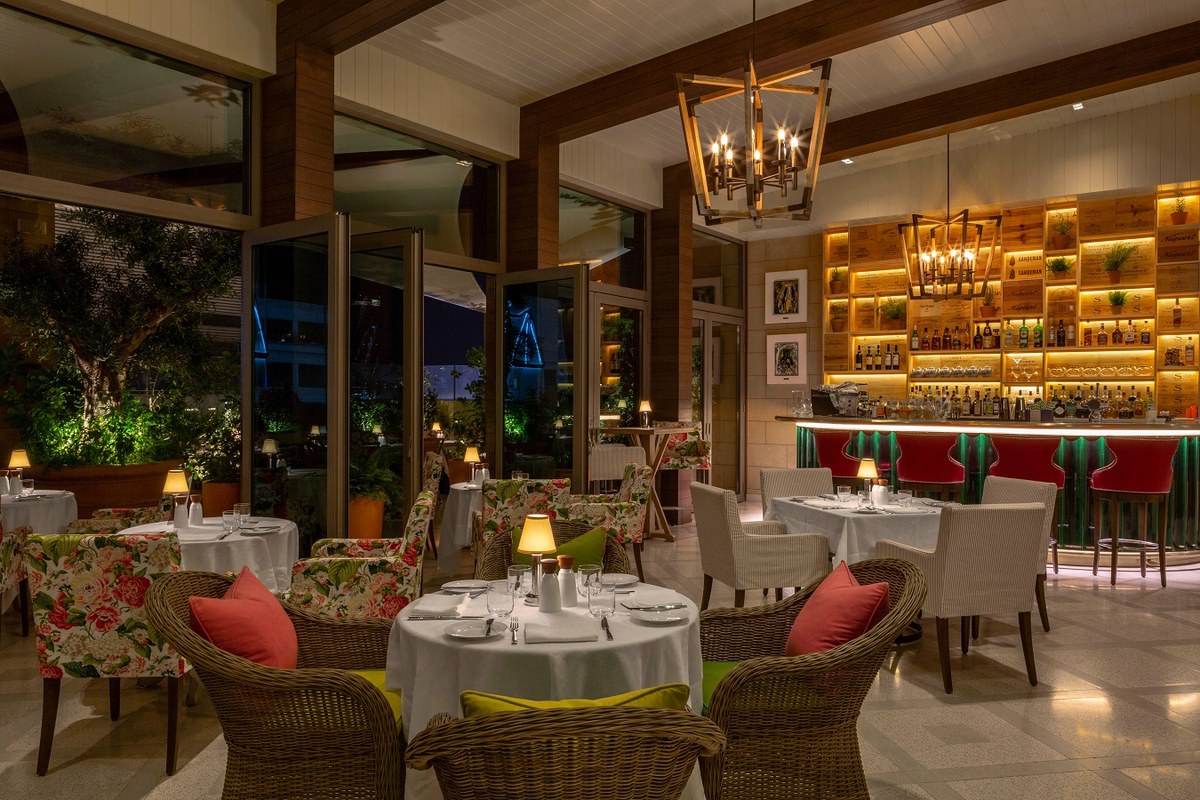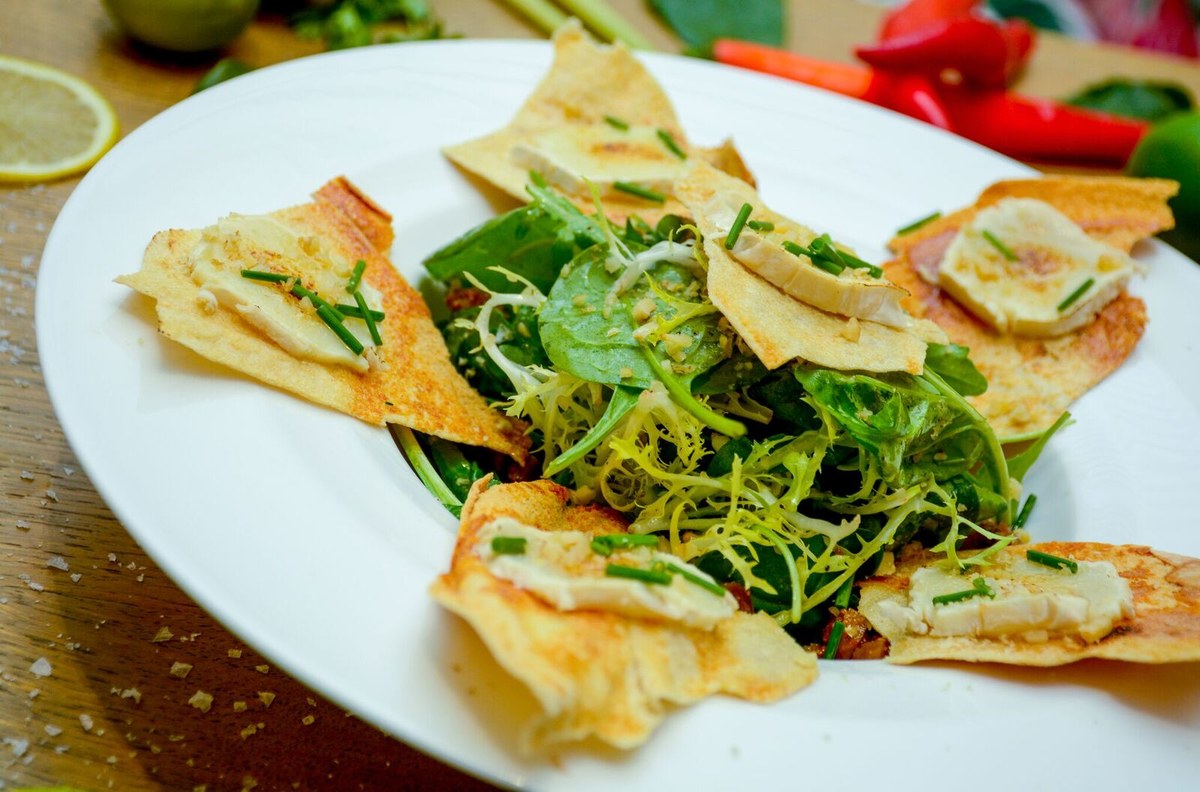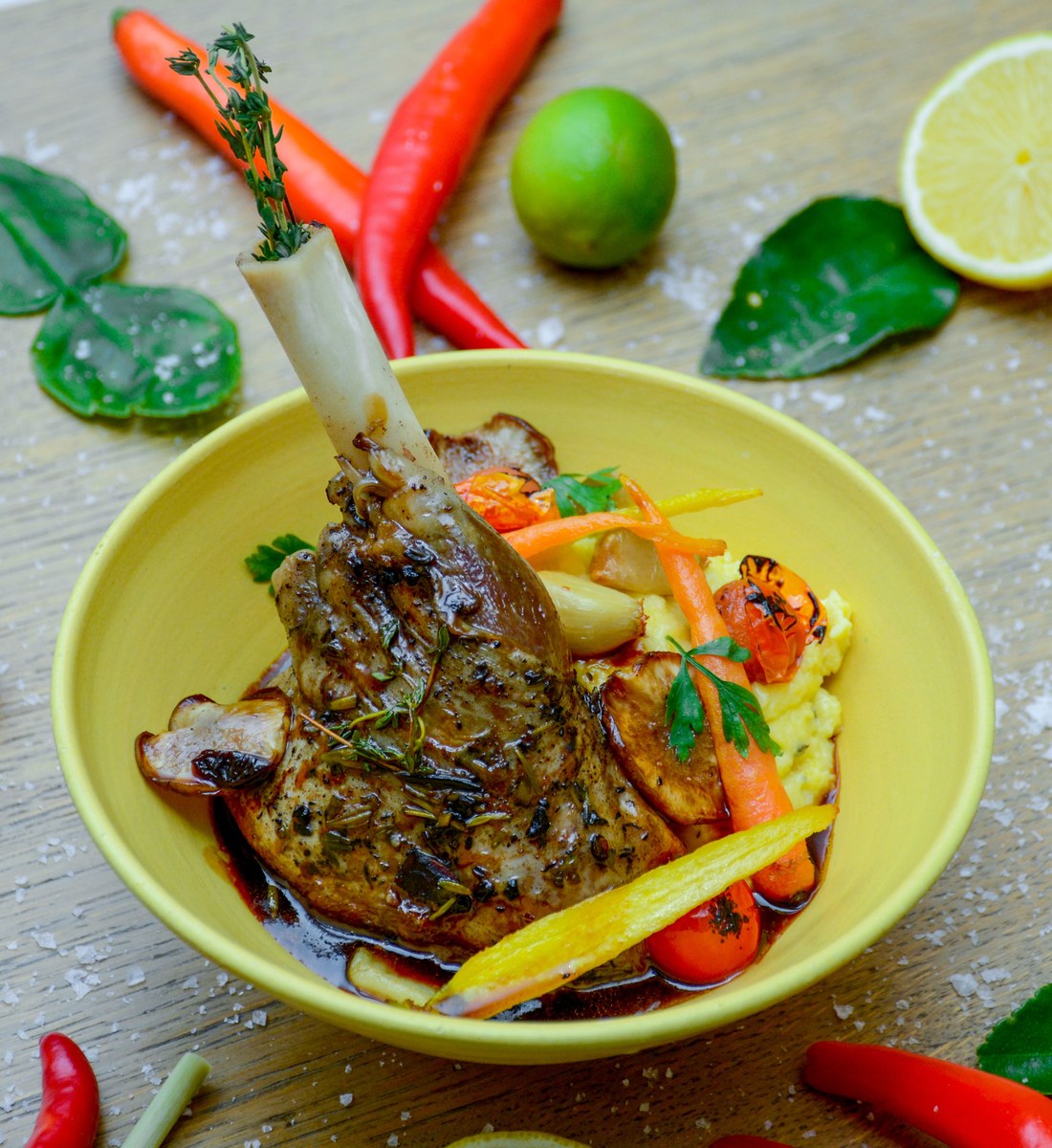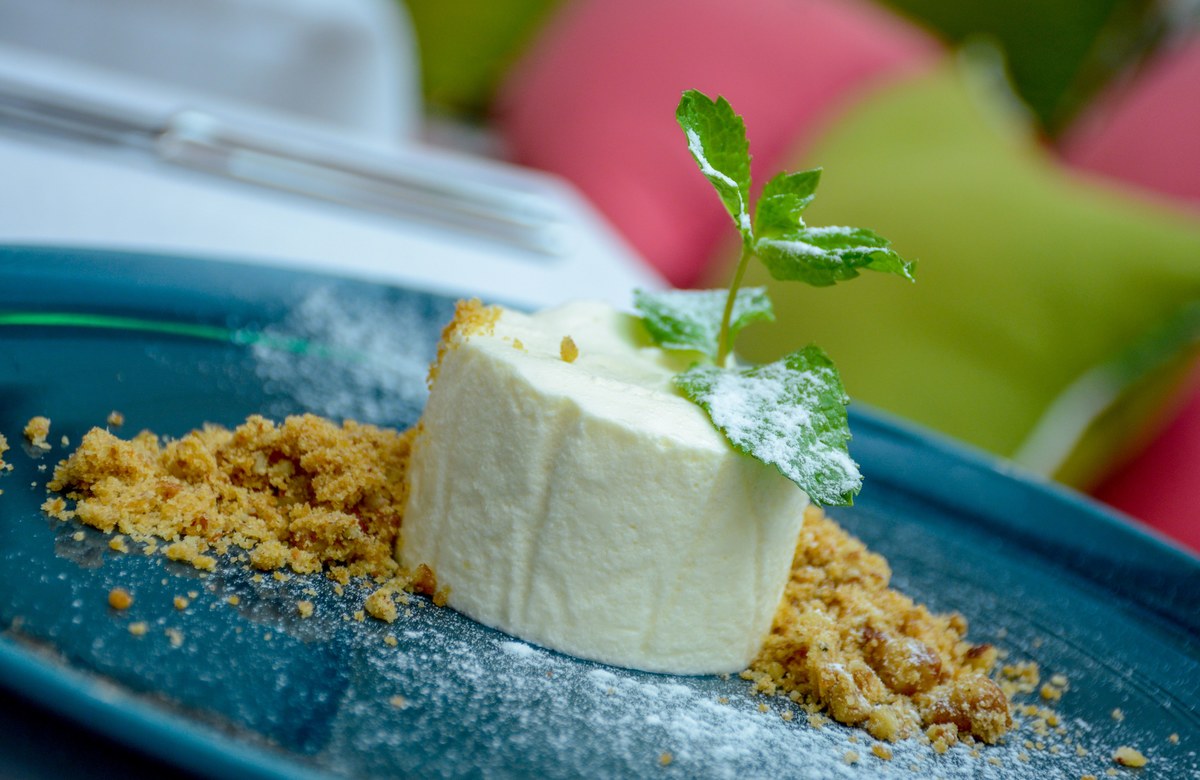MANAMA: You wouldn’t expect to find a palatial and tranquil rooftop restaurant smack in the middle of Bahrain’s oldest and busiest commercial center, the Manama Souq. Yet just a few meters from the iconic 70-year old Bab Al Bahrain lies Indigo Restaurant, the in-house eatery of five-star boutique hotel The Merchant House.
From the moment you step into the restaurant foyer, this fine-dining establishment promises respite from the summer heat, traffic snarls and mayhem of the capital city down below. Once seated, take a moment to appreciate the stately décor. With plenty of floral furnishing, flora, and foliage in aureate lighting, it’s like sitting in a greenhouse (without the heat). Add in the rustic wood furniture and striking artwork (by local Bahraini artists) and Indigo Restaurant is an ideal venue for both a casual evening sipping mocktails with friends or a celebratory three-course meal with that special someone.

Large French doors open onto an expansive terrace with mist machines, a trickling pool, backyard lighting, and no-fuss seating. It’s a fairytale setting worthy of staging a production of Shakespeare’s “A Midsummer Night’s Dream.”
The menu is a fusion of Asian and Mediterranean food, so patrons can expect a lot of fresh, seasonal ingredients paired with piquant Asian flavors. Take, for example, the restaurant’s best-selling appetizer, the Beef Rib Samjang — cherry wood-smoked beef rib served with Korean-style sweet-chili sauce atop crisp, Belgian endive. The appetizer comes with a side of the pipirrana salad — a Spanish classic. A simple goat-cheese salad is elevated with marinated figs, lavash crisps, and a Japanese-style yuzu hazelnut dressing.

To create such distinctive flavors, executive chef Robert Shipman draws on his two decades of experience in southern Europe and, later, with chef Nobu Matsuhisa (of the acclaimed Nobu Restaurant in Dubai and the more recent Nobu Jeddah pop-up). Shipman specializes in Asian cuisine and is renowned for his Greek-Japanese fusion meals in Cyprus. He also brings flavors from the Maldives, Ibiza, and Morocco to Indigo’s menu. Alongside cured and raw meats and sushi, the menu also features a small selection of burgers, including classics like mushroom and Wagyu burgers. The pasta and risotto offerings — tagliatelle Napolitana, risotto funghi, and prawn tagiatelle — are kept strictly Italian.
Shipman says he defers to restaurant patrons for a winning menu. A main that has won the popular vote is the sesame and nigella seed crusted and sautéed hammour. The crunch of the outer crust compliments the soft meat of the fillet and the accompanying bok choy and Moroccan chermoula sauce lend bitter and sweet flavors.

Although the flavor pairings remain more or less the same — meat slow-cooked with balsamic sauce, garlic, and thyme — Shipman’s 18-hour lamb shank stands out from those on other menus in the region. The lamb comes apart effortlessly, giving you a mouthful of meat soaked in balsamic sauces, buttery-soft herb polenta, and dry cherry. It is an ambrosial main.

A summer night calls for a light desert, and the frutti di bosco hits the right spot with assorted forest berries, airy honeycomb crisp, crème de Violette marshmallows, and a dollop of passion cream to offset the tartness of the berries. The Kaffir lime panna cotta with fresh mango sauce, and the yuzu white chocolate cheesecake with walnut halva also come highly recommended, but there is only so much one can devour in an evening. Still, the fresh flavors and the summer garden are enough incentive to come back for more.
















